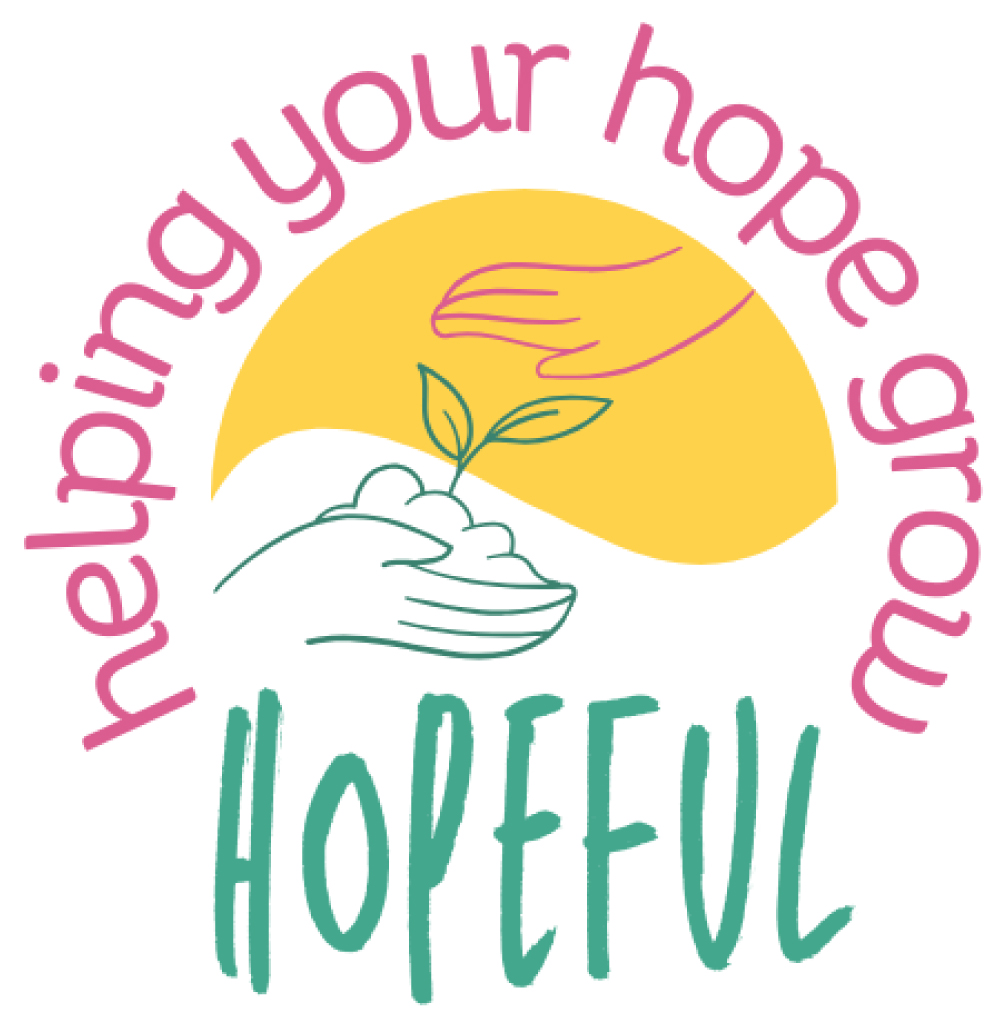The purpose of Module Two (About Hope) is for the young person to:
- Understand the cognitive model of hope and exploring their own definition
- Identify their level of hope and how this relates to different life areas and experiences
- Explore their sources of hope
Definition of hope
It does not matter if young people find that the cognitive model of hope doesn’t really resonate with them. We use this model because we really like the fact that it expresses hope as something that can grow and increase. The important thing is that young people feel encouraged to explore the idea of hope and what it means to them.
Everyone’s definition of hope might be different. It might be I hope that tomorrow is better than today, or I hope to be a NASA scientist. These two are very different. Maybe the concept is the same, of something being different and better, but individuals might not understand it the same. Have some way of exploring the individual’s idea of what hope is.
Level of hope
Many young people might not be very hopeful at all at this point. It’s important to acknowledge that this could be a really difficult situation to be in – give them time and space to describe how this feels if they want to do so. If it feels appropriate, you can to gently emphasise that they have shown hope already just by being here. They have found enough hope to believe (even if very tentatively) that they can become more hopeful. This really is something to be celebrated. By working through HOPEFUL, they should then find that their hope will grow.
For young people who are not feeling very hopeful, and especially for those who might have experienced trauma and/or depression, activities focused on memory (such as the hope timeline) may feel upsetting or over-whelming. Remind them they can skip any activity they want. They could always come back to it in the future if they wanted to do so.
The role of hormones
Young women and people who have a menstrual cycle may find that their level of hope fluctuates across this cycle. It might be helpful to remind them that they can schedule activities that make them feel especially hopeful at those times that they might be more likely to need it.
Under the session about meaningful activities, I think it’ll probably be great if they could point ideas as to what people could do, or perhaps ways to access certain things that they might have not heard of before, certain activities that they could take part in. I guess open up ways for people to either engage in new activities or more social activities, like how to go about it, where they might be able to find stuff like that.
Additional Module Resources
|
Resource |
Use |
Location |
|
International Foundation for Research and Education on Hope |
Resources on teaching hope for schools and creating hopeful cities |
